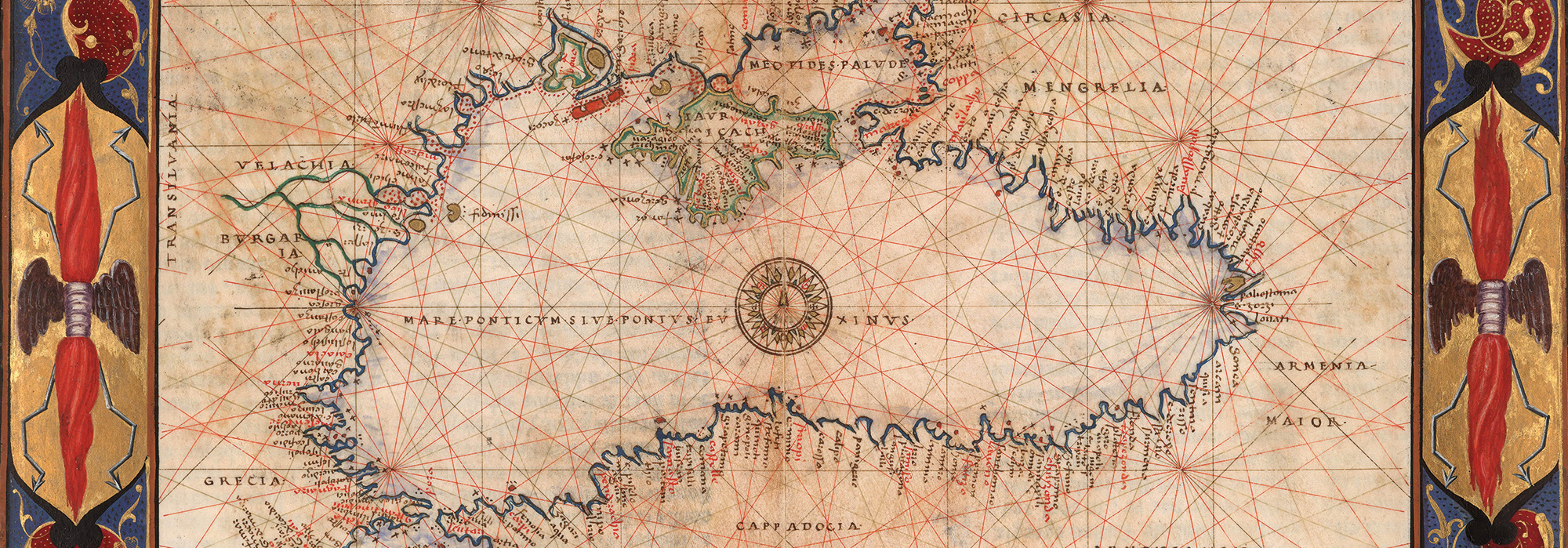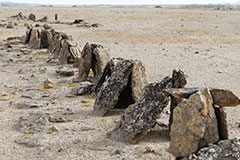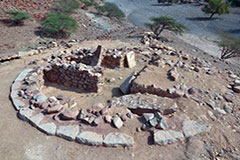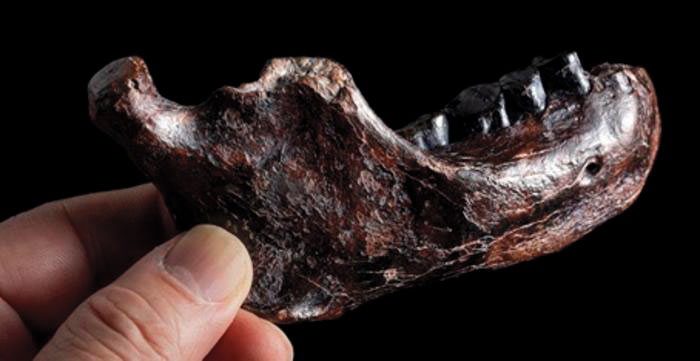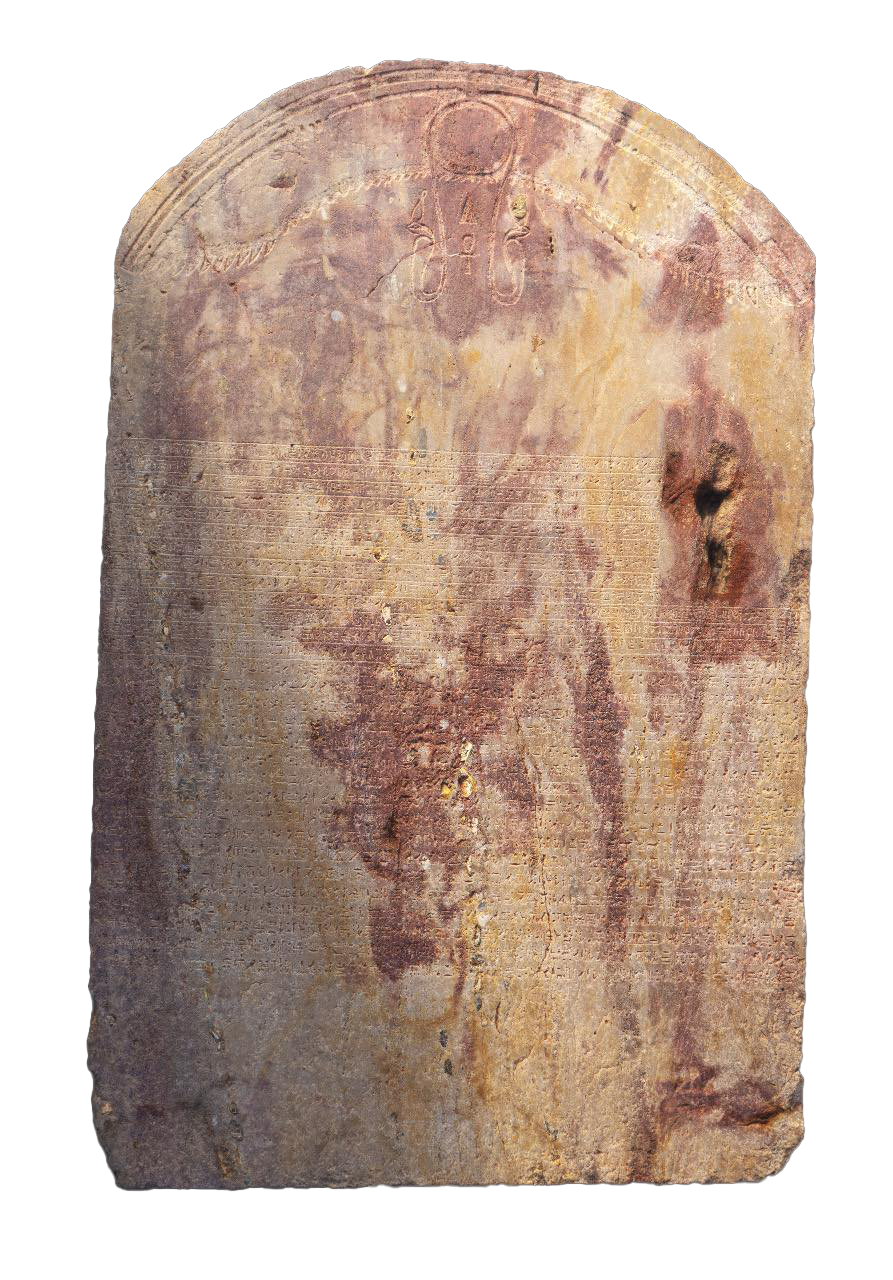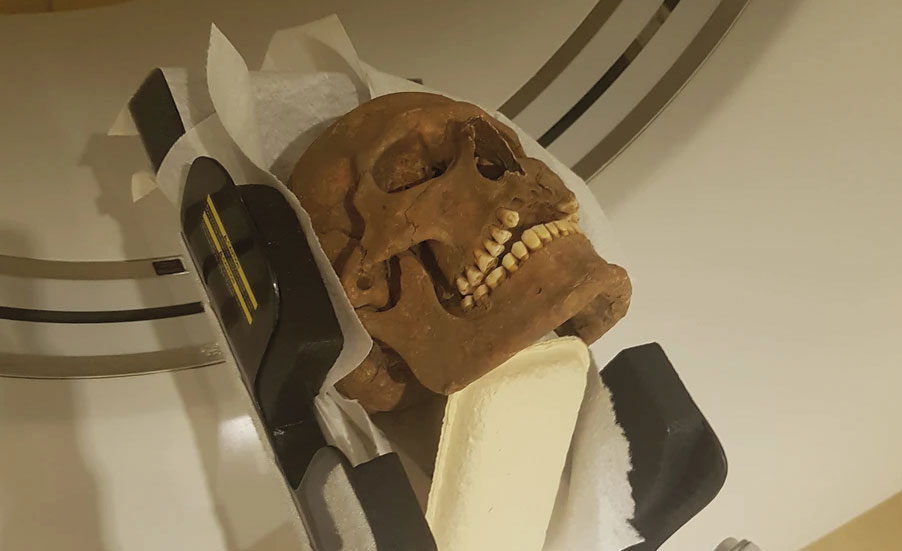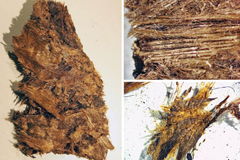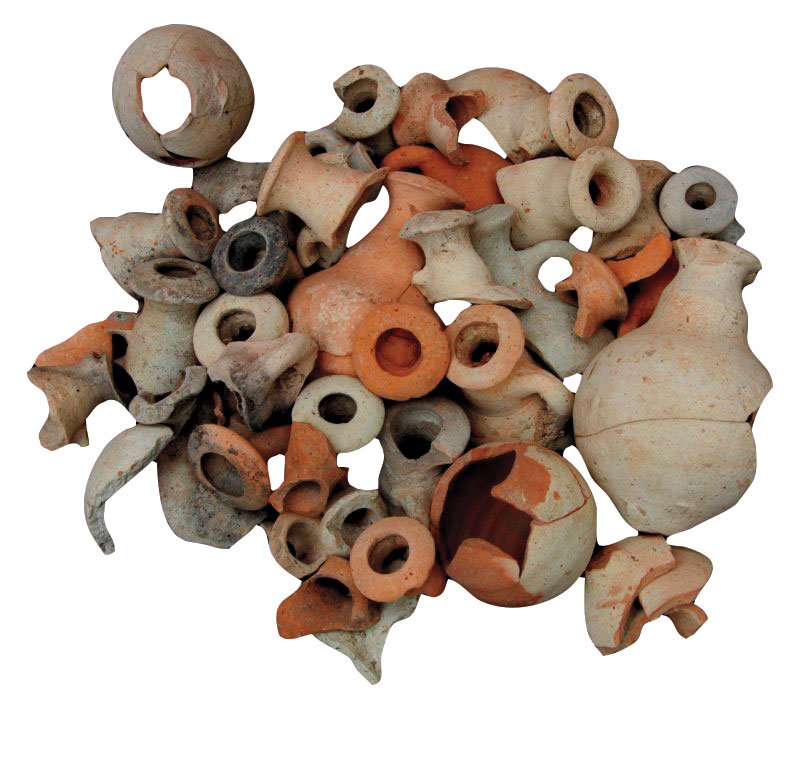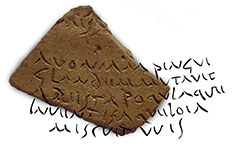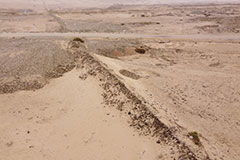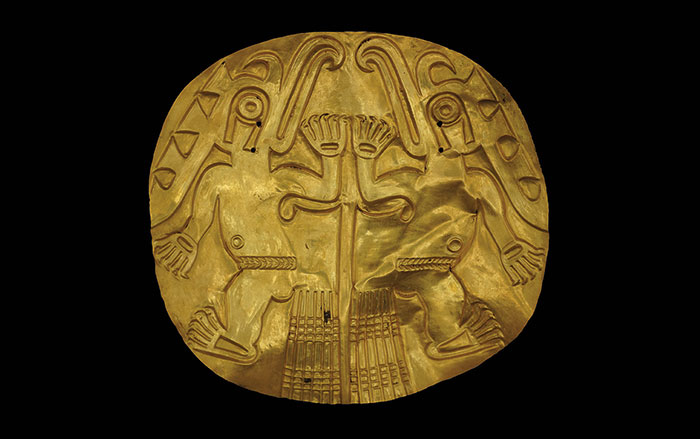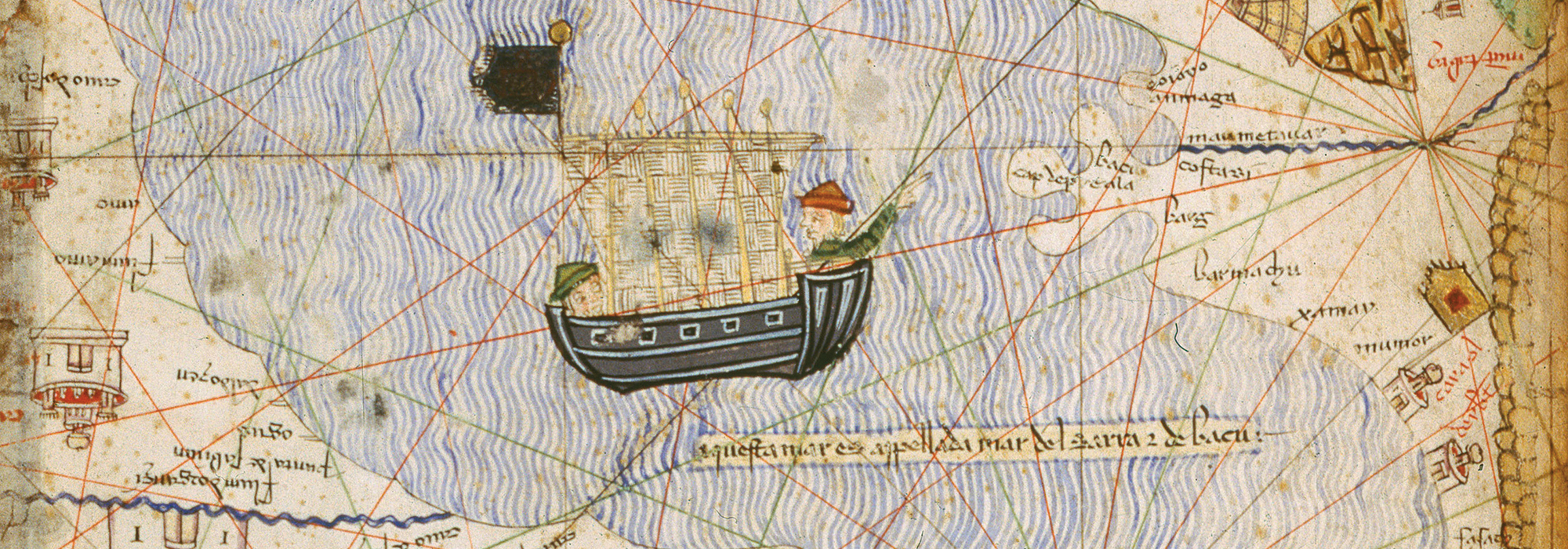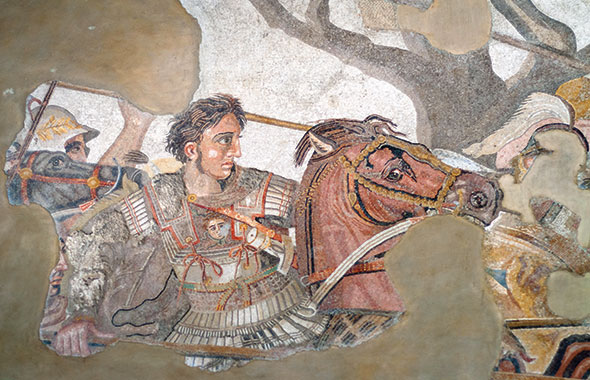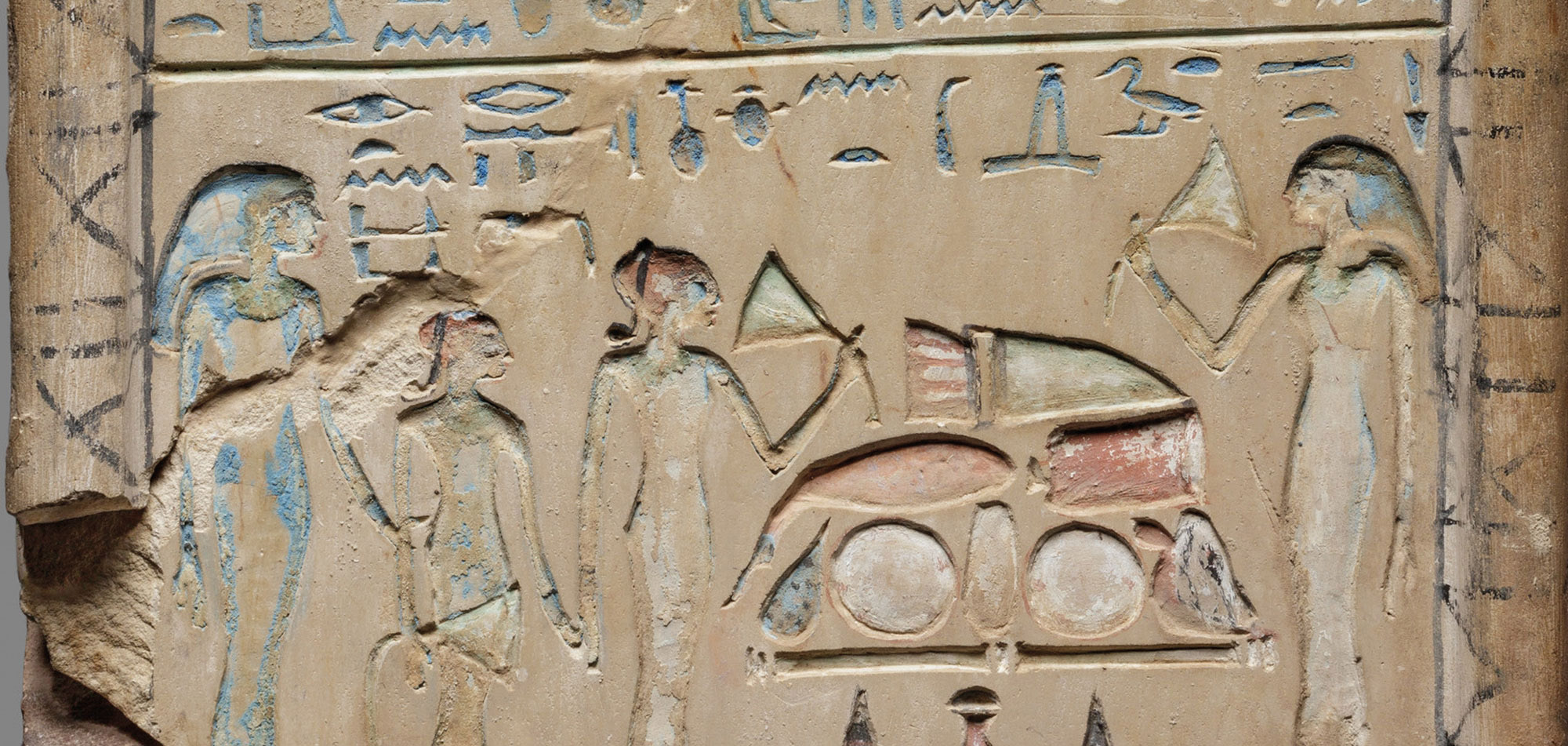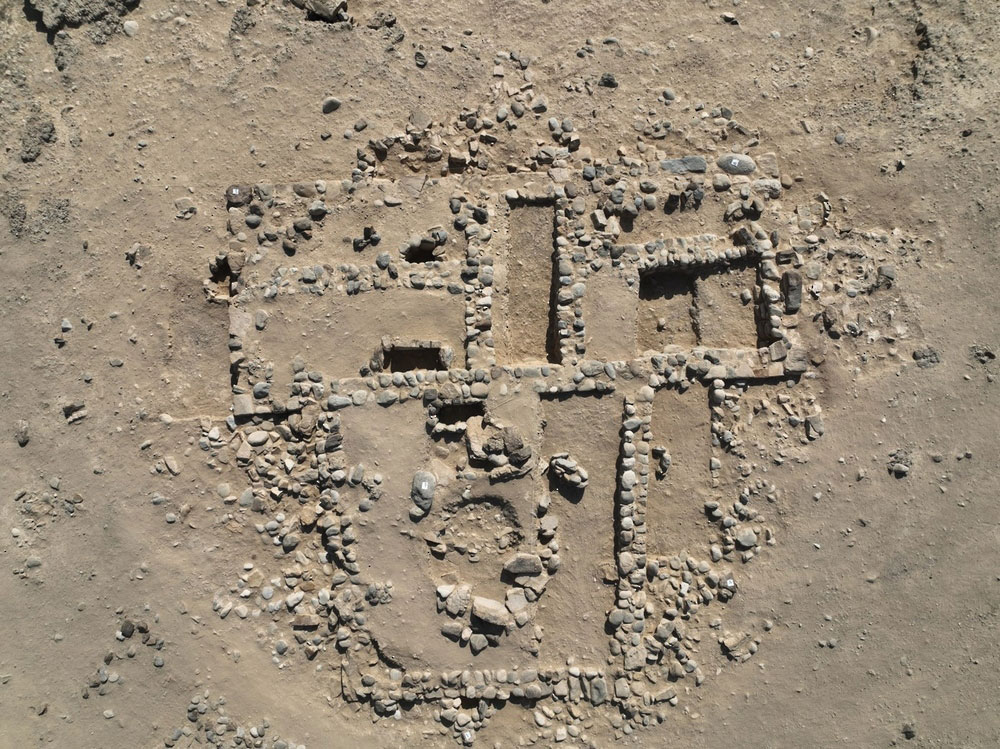
OMAN
Among the ruins of a 3,000-year-old Iron Age settlement near the town of Rustaq that includes residential buildings and large defensive structures, archaeologists exposed an oddly shaped building. What they found inside was even more curious than the building’s design. Scattered within the property were graves of more than 30 children, including newborns. Experts are not yet sure why these young people were buried together in this fashion as this practice was previously unknown in the region during the Iron Age.
Related Content

TAIWAN
Along the coast of the Taiwan Strait outside Taoyuan City, an area known for its Neolithic stone tools, a delicately molded 3.5-inch-long ceramic snake was plucked from the dunes. The object seems to depict a striking Taiwan cobra that has its mouth open and displays its distinctive neck hood. Researchers believe the serpent may have been part of the handle of a ceremonial cup or bowl used by tribal shamans during rituals.
Related Content
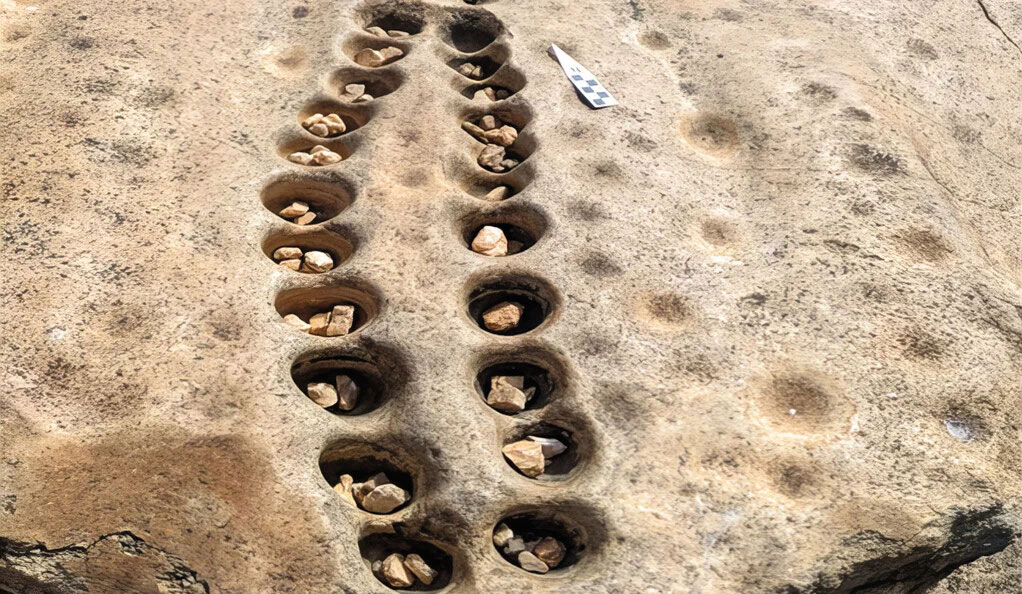
KENYA
While following a tip from local residents, an archaeologist searching for prehistoric sites in the Lewa Wildlife Conservancy in Kenya’s central highlands located an arcade of ancient gaming boards. At least 20 shallow pits carved into the bedrock were probably used to play mancala, a 2-player strategy game that involves dropping tokens into receptacles to capture your opponent’s pieces. The site was likely used by local herders for hundreds if not thousands of years.
Related Content
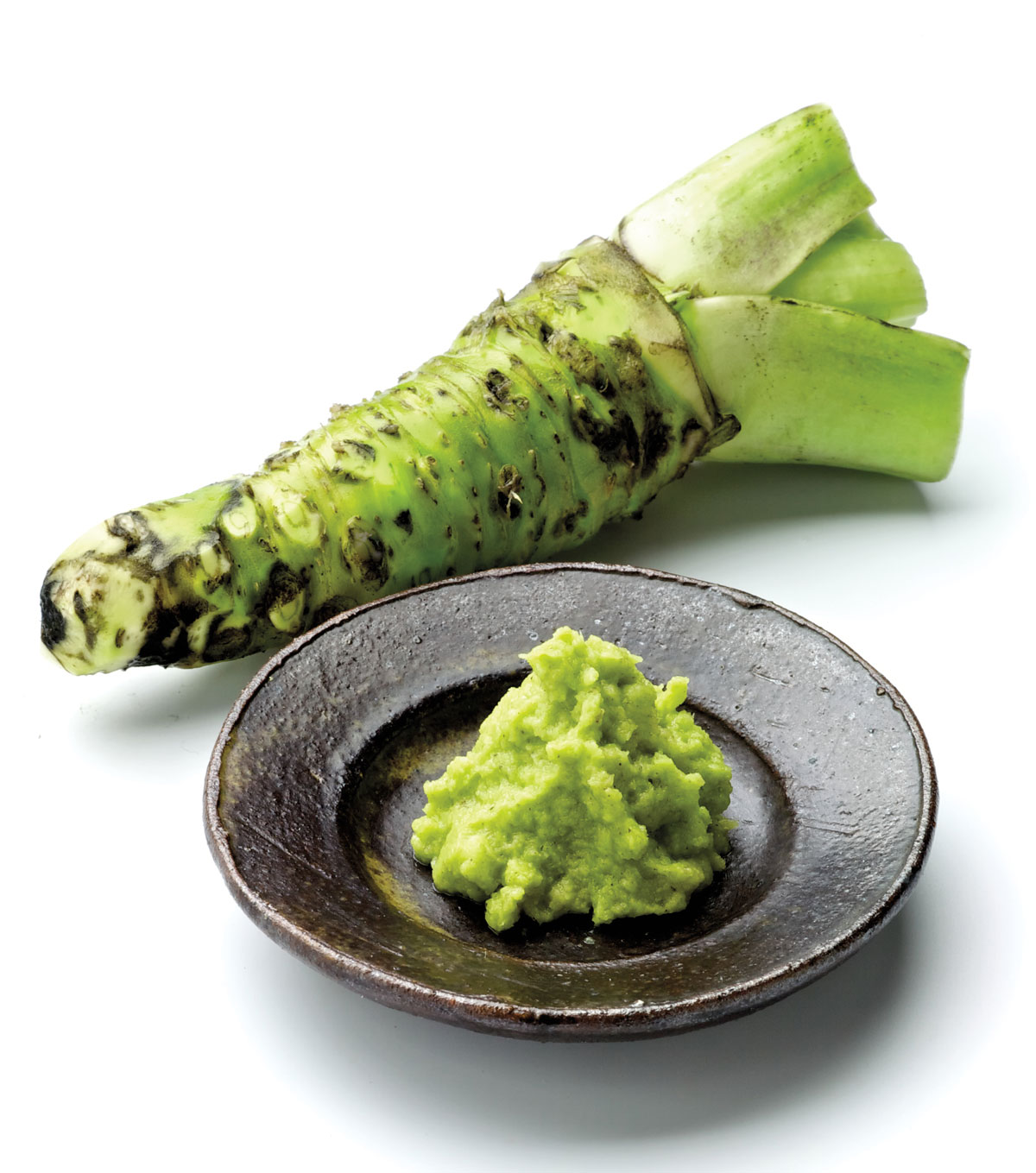
EGYPT
Wasabi, which provides a spicy kick to sushi, may also help preserve ancient documents. Egyptians used the aquatic plant papyrus to make a type of paper. Over time, this material has been subject to degradation by damaging fungi. In the modern era, various chemicals have been used to impede this process, though they can have negative side effects. New research indicates that vapors from wasabi paste are an effective fungicide, providing a natural and eco-friendly solution to a millennia-old problem.
Related Content

SWEDEN
Around 170 people from Varnhem recently underwent thorough dental examinations. These patients needed no numbing agents, however, as they had been dead for more than 800 years. This study of the dental habits of the Viking community at Varnhem from the 10th to 12th century indicated that around half suffered from at least 1 cavity and, on average, adults had lost 6 percent of their teeth. Evidence of deep drilling in some molars also revealed that Vikings were capable of alleviating severe pressure from infection.
Related Content

ITALY
Sections of a lost medieval church were revealed by workers replacing damaged paving stones in Venice’s St. Mark’s Square. Newly exposed walls, floors, and tombs are believed to be remnants of St. Geminiano. Built in the 6th century A.D., the church was one of the city’s earliest houses of worship, predating the iconic St. Mark’s Basilica and its eponymous square. St. Geminiano underwent several transformations before being demolished in the early 19th century, after which its location was forgotten.
Related Content

SPAIN
A 2nd-century A.D. silver brooch from the Hostalot-Idlum site in Valencia appears to illustrate one of Rome’s most cherished myths. According to legend, the twins Romulus and Remus were abandoned in infancy and rescued by a she-wolf who suckled them in a cave near the Palatine Hill. Romulus would go on to found the city of Rome in 753 B.C. The 1.6-inch-long brooch was uncovered in a building that may have served as a combined roadside inn and post office.
Related Content
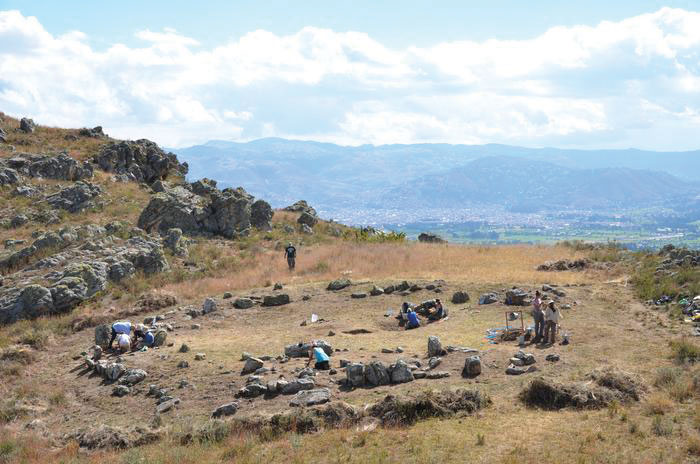
PERU
Around the same time Stonehenge was being constructed in England, inhabitants of the Andes Mountains were erecting their own megalithic monument. The remnants of a large circular stone plaza were recently excavated at the site of Callacpuma in the Cajamarca Basin. Built around 4,750 years ago with large blocks inserted into the ground, the monument consists of 2 concentric walls, the outer one measuring 60 feet in diameter. The structure was likely used for ceremonial gatherings and is one of the earliest examples of monumental architecture in the Americas.
Related Content

PANAMA
Archaeologists unearthed a 1,250-year-old tomb brimming with luxurious gold objects at El Caño Archaeological Park. The grave belonged to a high-status man who was buried face down on top of a woman. This burial style was common among the area’s Indigenous Gran Coclé culture. Among the funerary offerings are 5 pectorals, 2 beaded belts, 4 bracelets, 5 gold-plated earrings made from sperm whale teeth, and earrings in the shape of humans and crocodiles.
Related Content

WYOMING
The oldest known bead in the Western Hemisphere was found at the La Prele Mammoth site near the North Platte River.
The quarter-inch-long tube-shaped object was uncovered near the hearth of a temporary Paleoindian camp set up by hunters around 13,000 years ago to butcher a mammoth. The decorative item was fashioned from either the leg or foot bone of a hare and may have been worn as a personal adornment.


